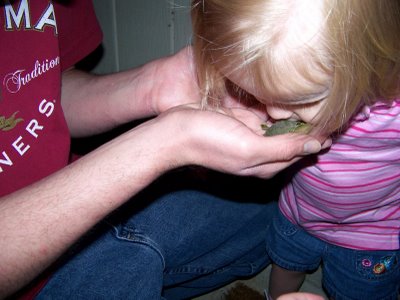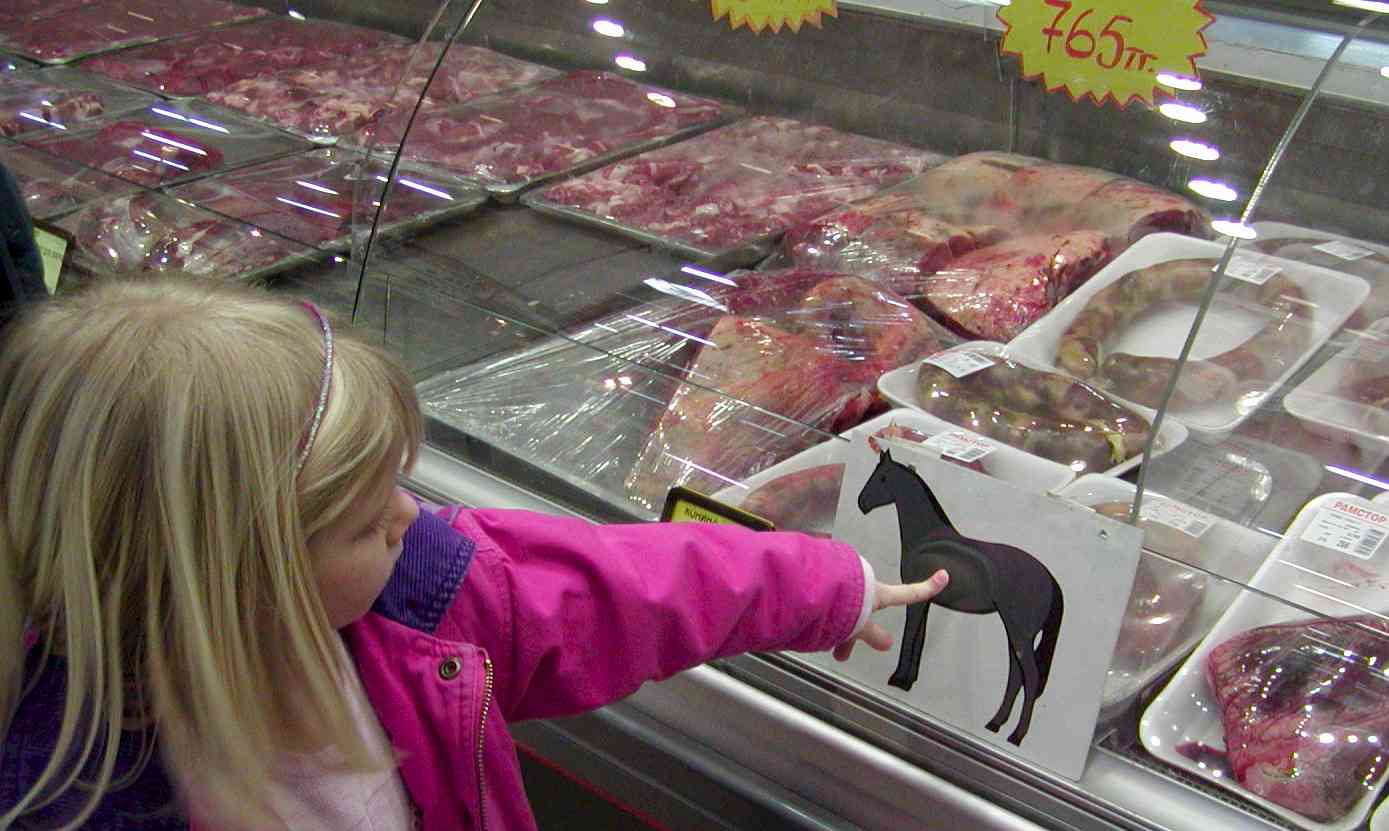I want a new drug, or approach or message, rather than CDC sending out yet another warning about yet another Salmonella outbreak from kids kissing their pet turtles.
 (And I can’t believe I’m quoting Huey Lewis and the News, one of my 1982 university room mates’ favorite bands, along with Hall and Oates).
(And I can’t believe I’m quoting Huey Lewis and the News, one of my 1982 university room mates’ favorite bands, along with Hall and Oates).
The U.S. Centers for Disease Control reports:
21 people infected with the outbreak strain of Salmonella Oranienburg have been reported from 13 states.
7 hospitalizations have been reported. No deaths have been reported.
Epidemiologic and traceback evidence indicate that contact with pet turtles is the likely source of this outbreak.
In interviews, 12 (71%) of 17 ill people reported contact with a turtle.
This investigation is ongoing and CDC will provide updates when more information is available.
Turtles can carry Salmonella germs in their droppings while appearing healthy and clean. These germs can easily spread to their bodies, tank water, and habitats. People can get sick after they touch a turtle or anything in their habitats.
People who own or come in contact with turtles should take steps to stay healthy around their pet:
Wash your hands.
Always wash hands thoroughly with soap and water right after touching, feeding, or caring for a turtle or cleaning its habitat.
Adults should supervise handwashing for young children.
Play safely.
Don’t kiss or snuggle turtles, because this can spread Salmonella germs to your face and mouth and make you sick.
 Don’t let turtles roam freely in areas where food is prepared or stored, such as kitchens.
Don’t let turtles roam freely in areas where food is prepared or stored, such as kitchens.
Clean habitats, toys, and pet supplies outside the house when possible.
Avoid cleaning these items in the kitchen or any other location where food is prepared, served, or stored.
Pick the right pet for your family.
CDC and public health officials in several states are investigating a multistate outbreak of human Salmonella Oranienburg infections linked to contact with pet turtles.
Public health investigators are using the PulseNet system to identify illnesses that may be part of this outbreak. PulseNet is the national subtyping network of public health and food regulatory agency laboratories coordinated by CDC. DNA fingerprinting is performed on Salmonella bacteria isolated from ill people by using a standardized laboratory and data analysis method called whole genome sequencing (WGS). CDC PulseNet manages a national database of these sequences that are used to identify possible outbreaks. WGS gives investigators detailed information about the bacteria causing illness. In this investigation, WGS showed that bacteria isolated from ill people were closely related genetically. This means that people in this outbreak are more likely to share a common source of infection.
Ill people reported contact with red-eared sliders and other turtles that were larger than four inches in length. Previous Salmonella outbreaks have been linked to turtles with a shell length less than four inches. Due to the amount of Salmonella illnesses related to these small turtles, the U.S. Food and Drug Administration banned the sale and distributionexternal icon of turtles with shells less than four inches long as pets.
Regardless of where turtles are purchased or their size, turtles can carry Salmonella germs that can make people sick. Pet owners should always follow steps to stay healthy around their pet.
This investigation is ongoing, and CDC will provide updates when more information becomes available.







.jpeg) persons have been hospitalized, and no deaths have been reported; 55% of ill persons are children 10 years of age or younger.
persons have been hospitalized, and no deaths have been reported; 55% of ill persons are children 10 years of age or younger. Food and Drug Administration (FDA) has banned the sale and distribution of these turtles since 1975. Amphibians and reptiles can carry Salmonella germs and still appear healthy and clean. Salmonella germs are shed in their droppings and can easily contaminate their bodies and anything in areas where these animals live. Reptiles and amphibians that live in tanks or aquariums can contaminate the water with germs, which can spread to people.
Food and Drug Administration (FDA) has banned the sale and distribution of these turtles since 1975. Amphibians and reptiles can carry Salmonella germs and still appear healthy and clean. Salmonella germs are shed in their droppings and can easily contaminate their bodies and anything in areas where these animals live. Reptiles and amphibians that live in tanks or aquariums can contaminate the water with germs, which can spread to people. “Your non-apology for your role is (sic) amplifying the ‘far-fetched, but sorta fun’ story makes me wonder how serious you are about your posts and your role in our public health community.”
“Your non-apology for your role is (sic) amplifying the ‘far-fetched, but sorta fun’ story makes me wonder how serious you are about your posts and your role in our public health community.” identified 135 cases in 25 states and the District of Columbia; 45% were in children aged ≤5 years. Among 70 patients with primary infection, 37% reported turtle exposure, of which 81% was to small turtles most commonly purchased from street vendors. A matched case-control study showed a significant association between illness and exposure to turtles (matched odds ratio [mOR] = 16.5). Increasing enforcement of existing local, state, and federal regulations against the sale of small turtles, increasing penalties for illegal sales, and enacting more state and local laws regulating the sale of small turtles (e.g., requiring Salmonella awareness education at the point-of-sale), could augment federal prevention efforts. …
identified 135 cases in 25 states and the District of Columbia; 45% were in children aged ≤5 years. Among 70 patients with primary infection, 37% reported turtle exposure, of which 81% was to small turtles most commonly purchased from street vendors. A matched case-control study showed a significant association between illness and exposure to turtles (matched odds ratio [mOR] = 16.5). Increasing enforcement of existing local, state, and federal regulations against the sale of small turtles, increasing penalties for illegal sales, and enacting more state and local laws regulating the sale of small turtles (e.g., requiring Salmonella awareness education at the point-of-sale), could augment federal prevention efforts. … Turtles were inexpensive, popular, and low maintenance, with an array of groovy pre-molded plastic housing designs to choose from. Invariably they would escape, only to be found days later behind the couch along with the skeleton of the class bunny my younger sister brought home from kindergarten one weekend.
Turtles were inexpensive, popular, and low maintenance, with an array of groovy pre-molded plastic housing designs to choose from. Invariably they would escape, only to be found days later behind the couch along with the skeleton of the class bunny my younger sister brought home from kindergarten one weekend. .jpg) A report that will be published tomorrow
A report that will be published tomorrow.jpg) Veterinarian Mark Mitchell, a University of Illinois zoological medicine professor, has been working with Louisiana turtle farmers in research aimed at raising salmonella-free turtles, says the industry has been unfairly saddled with harsher restrictions than producers of human foods also blamed for recent salmonella outbreaks.
Veterinarian Mark Mitchell, a University of Illinois zoological medicine professor, has been working with Louisiana turtle farmers in research aimed at raising salmonella-free turtles, says the industry has been unfairly saddled with harsher restrictions than producers of human foods also blamed for recent salmonella outbreaks.